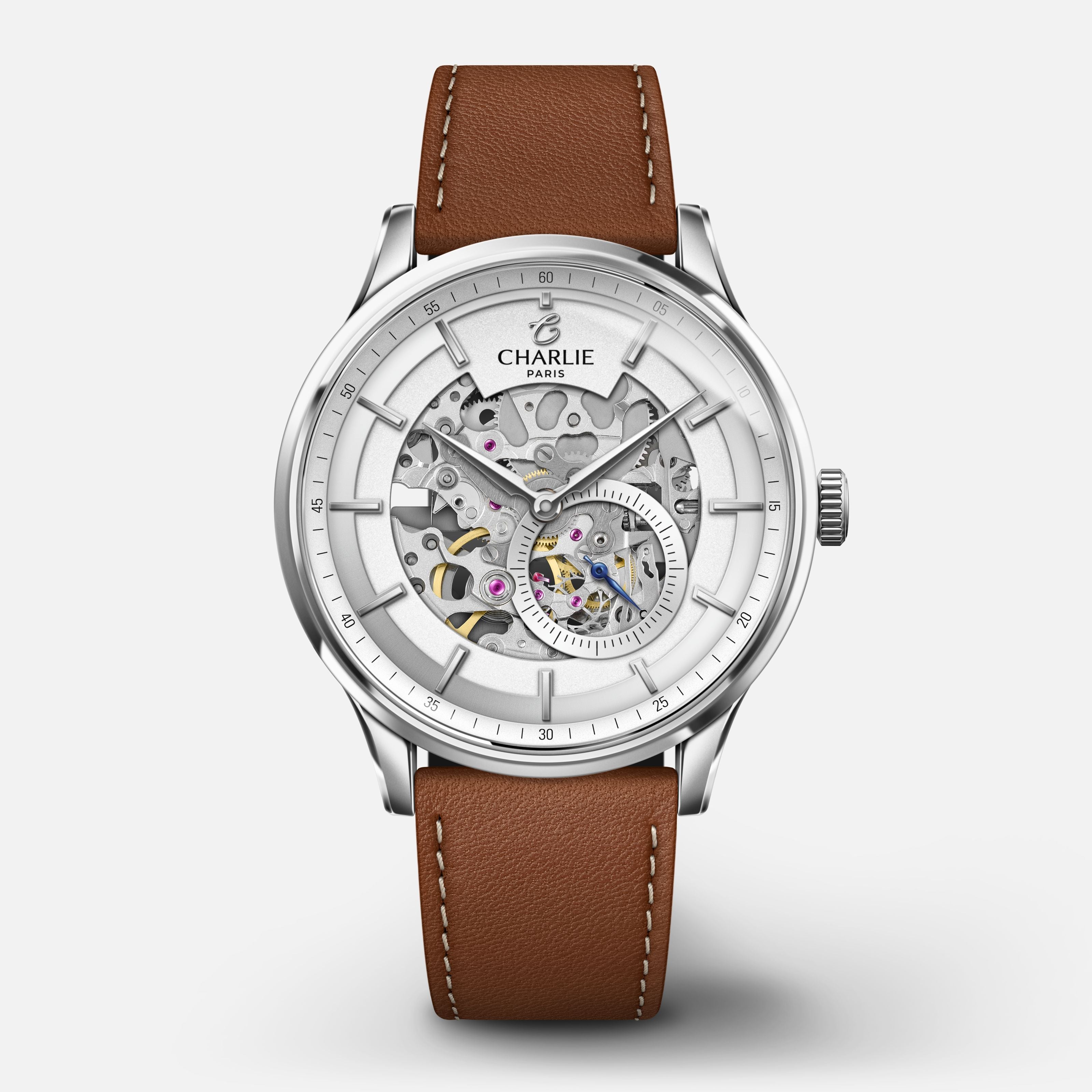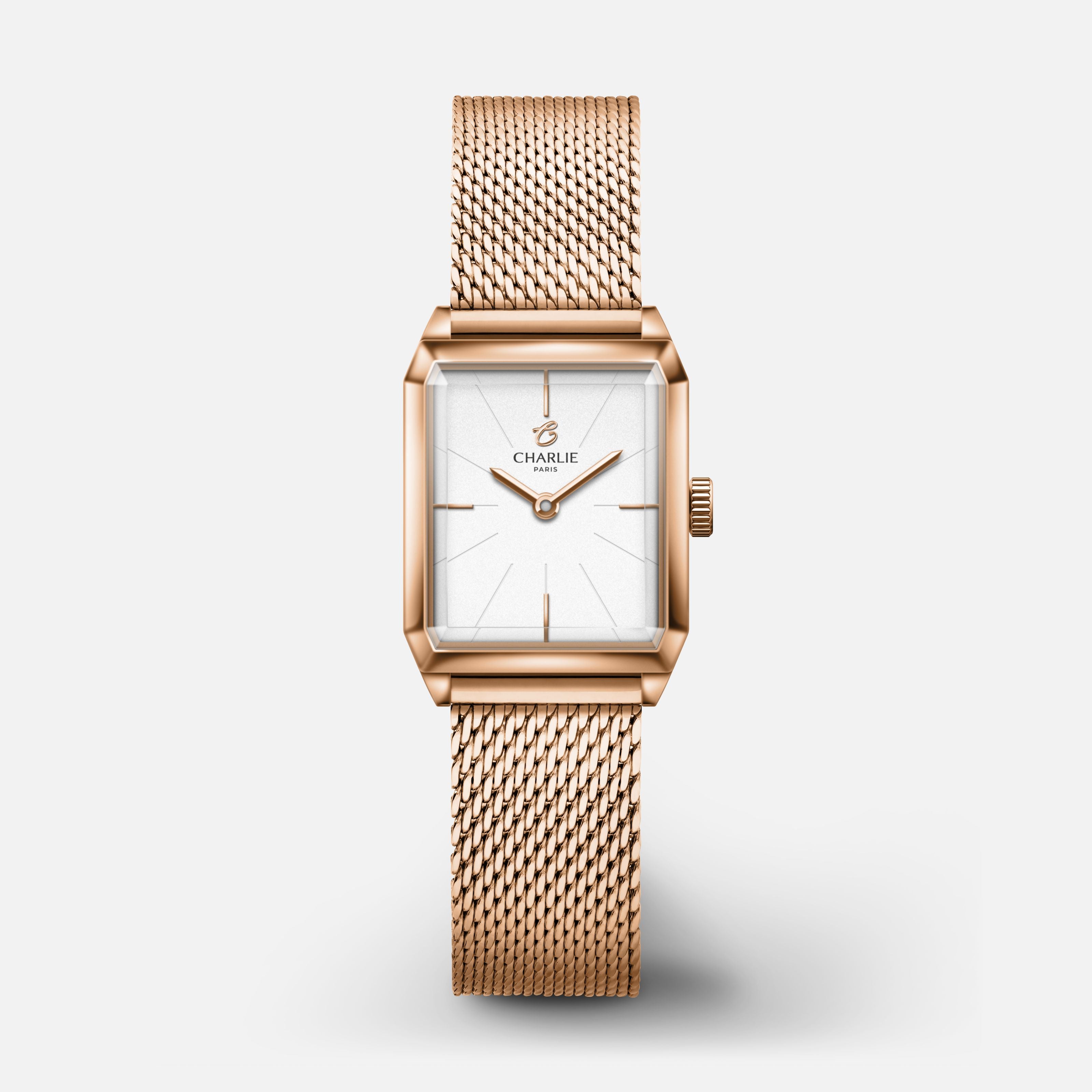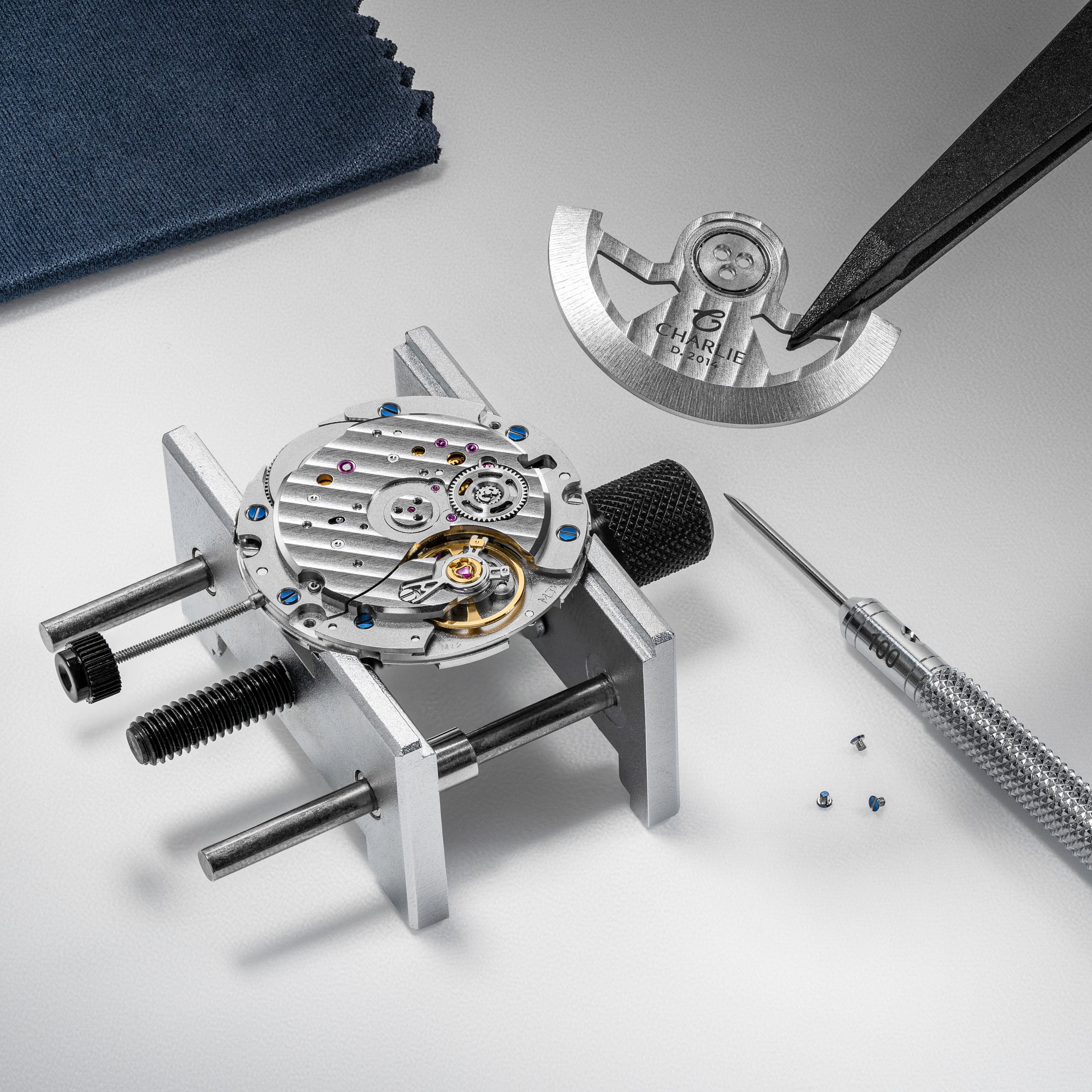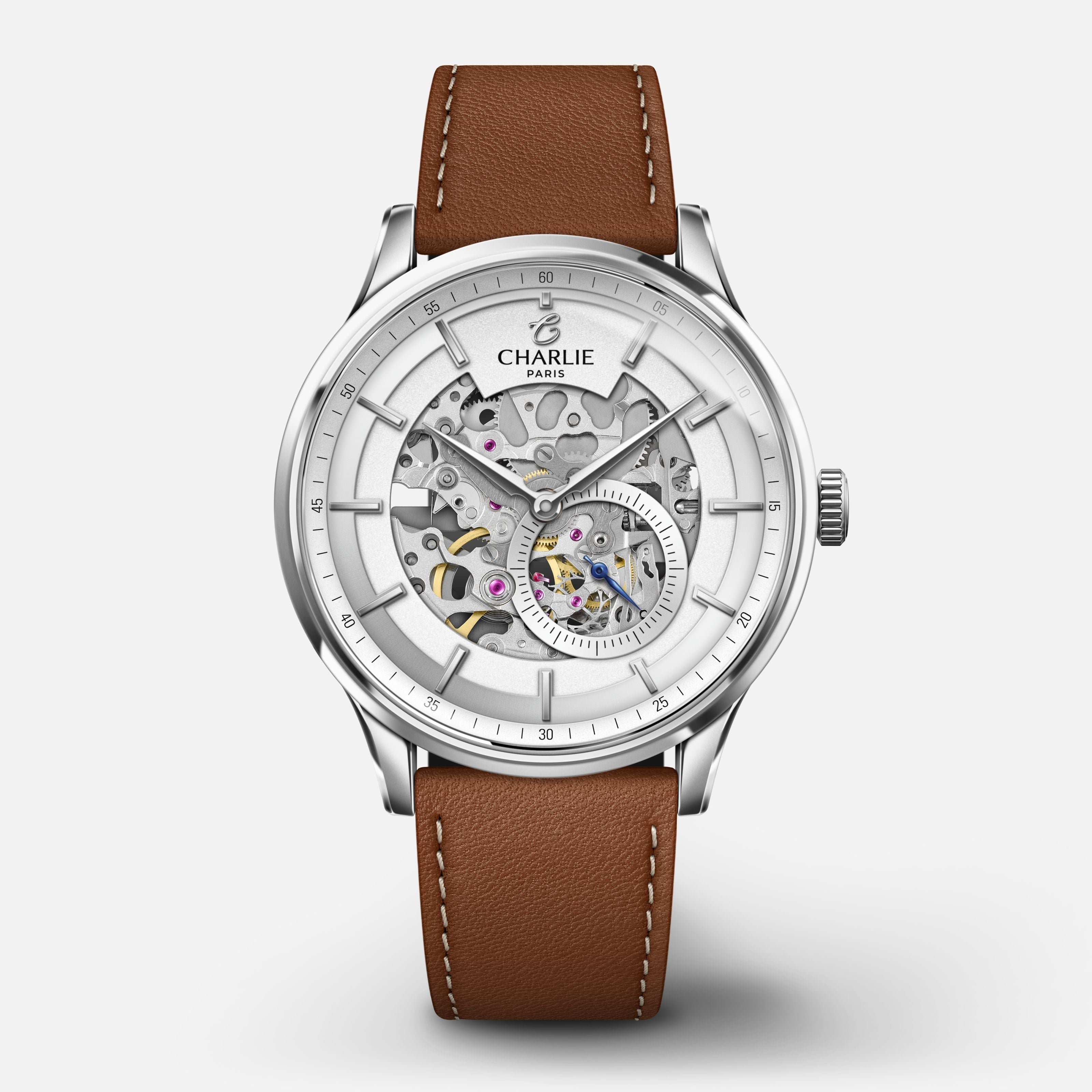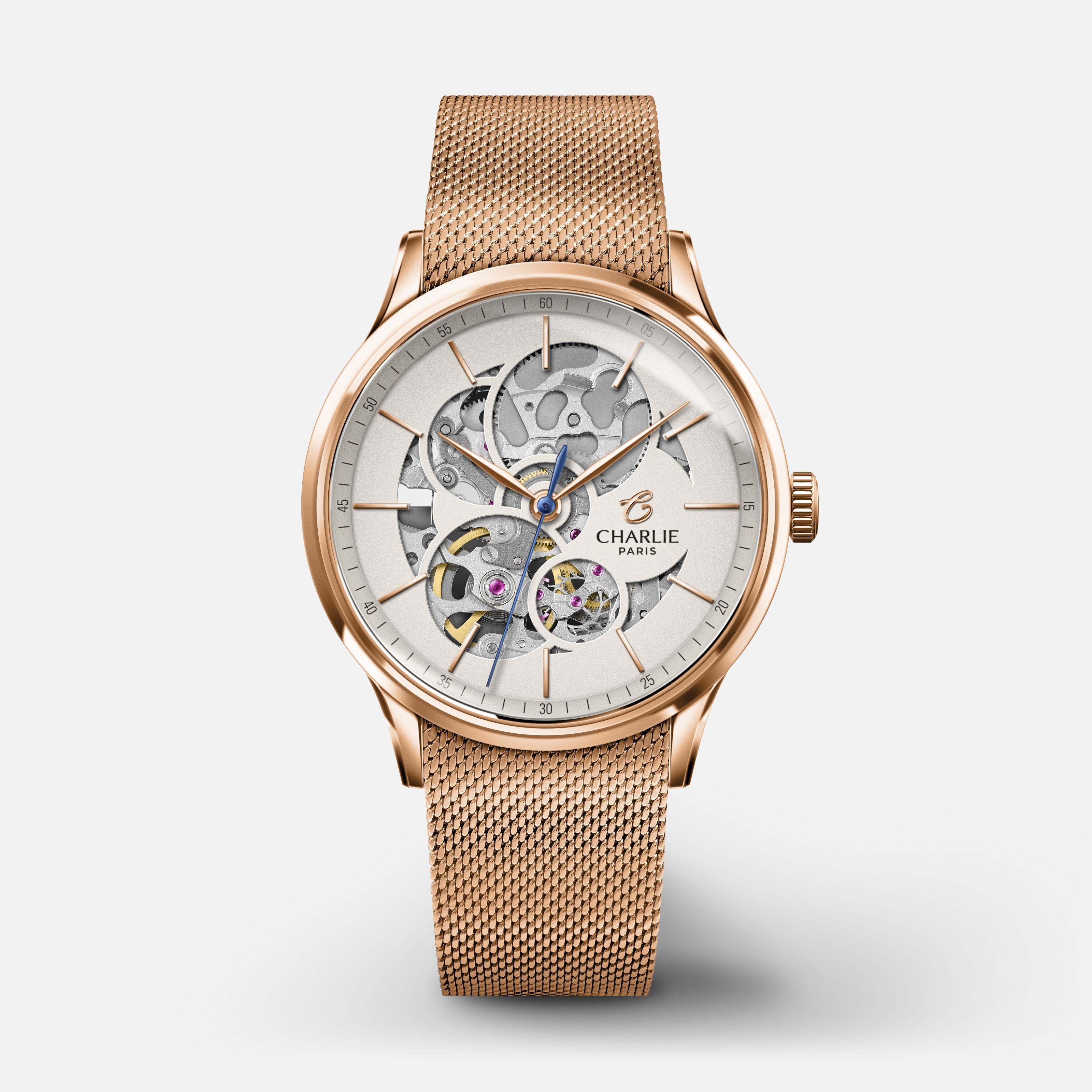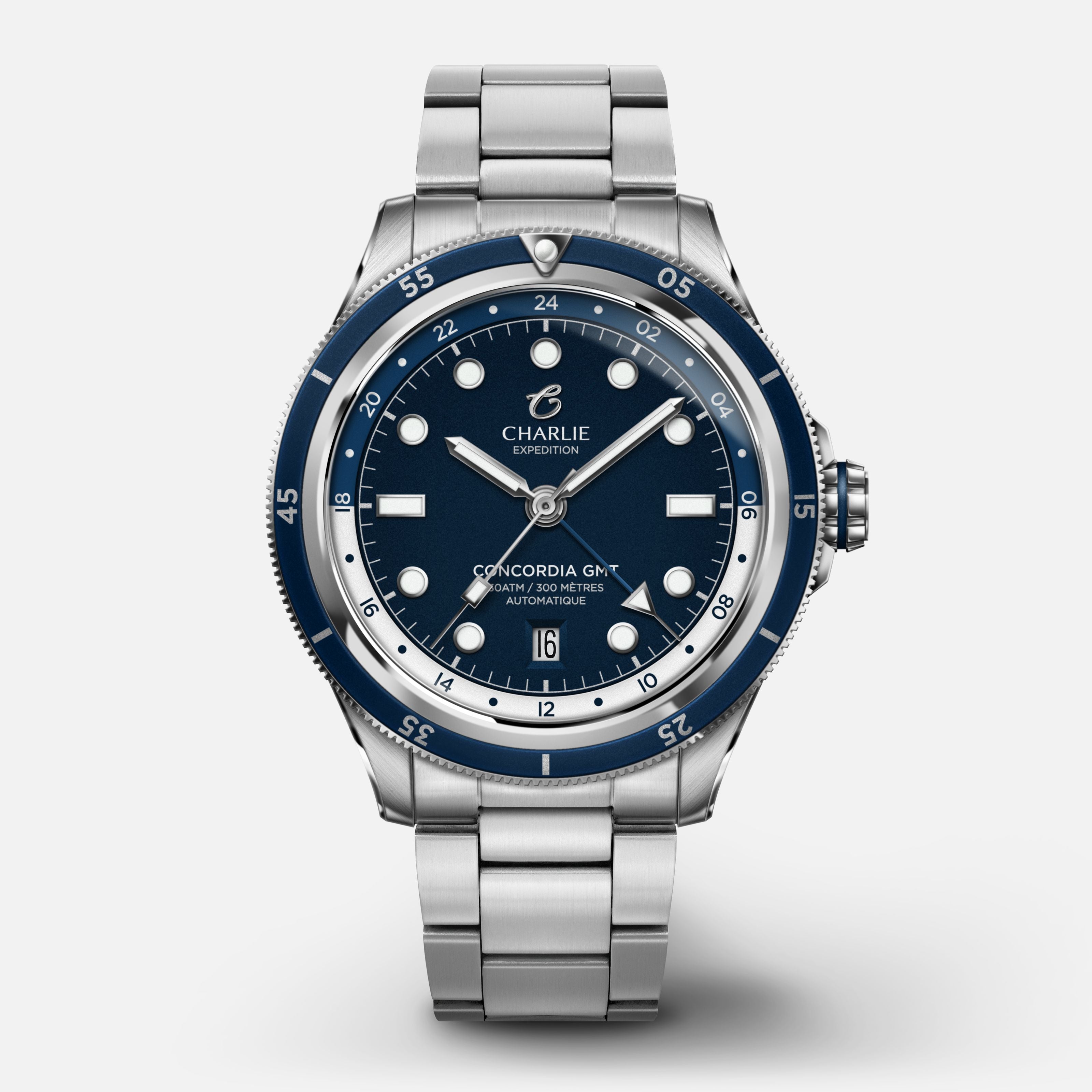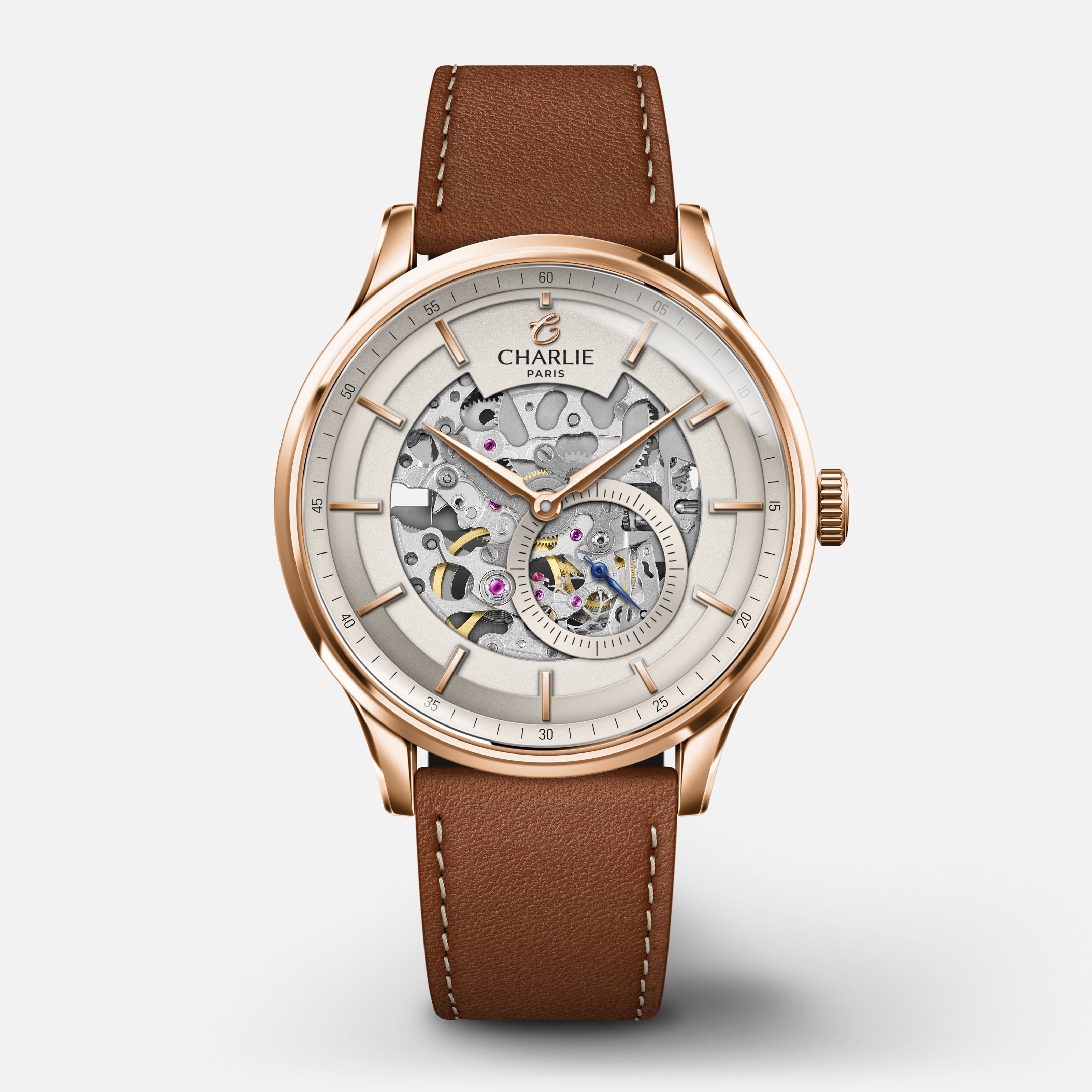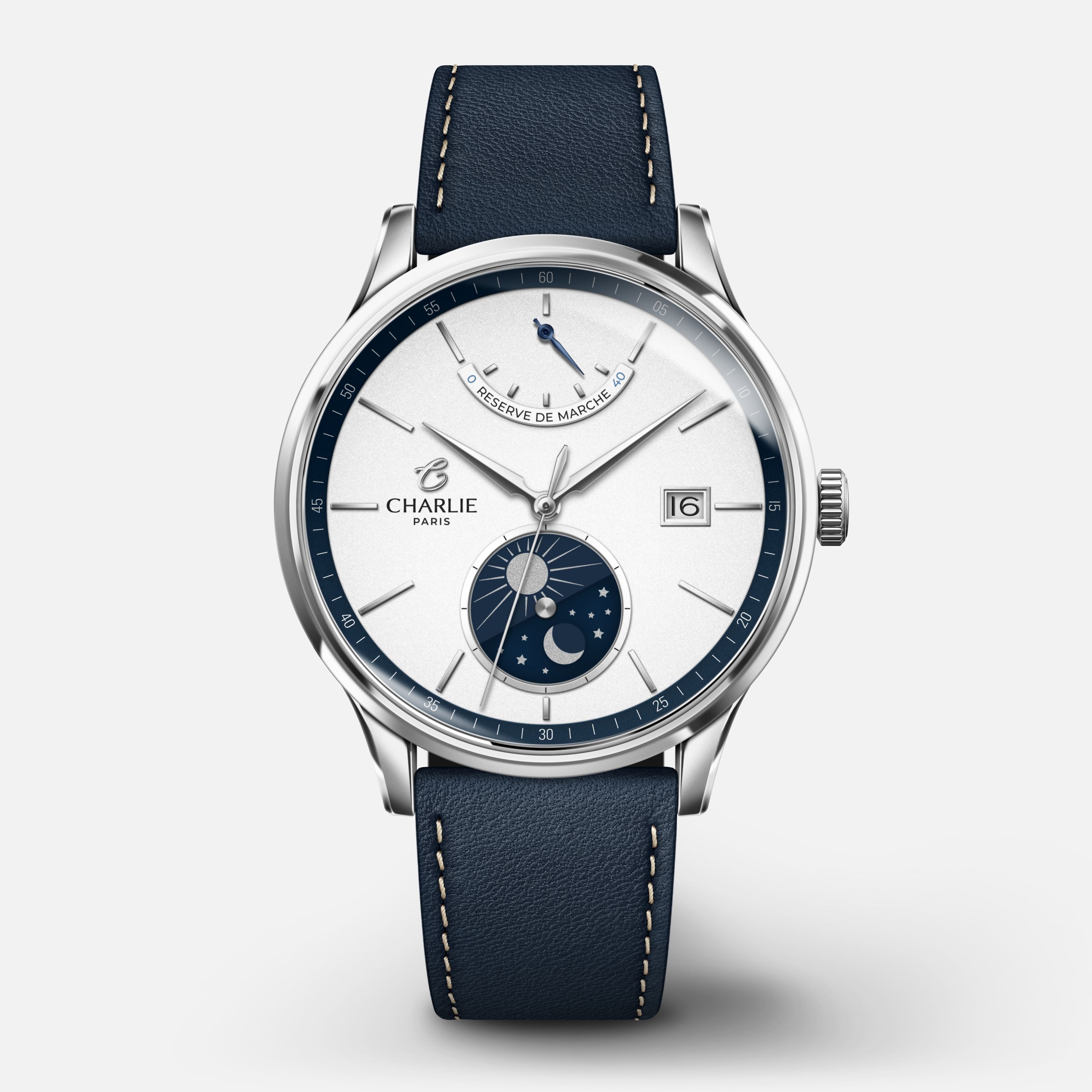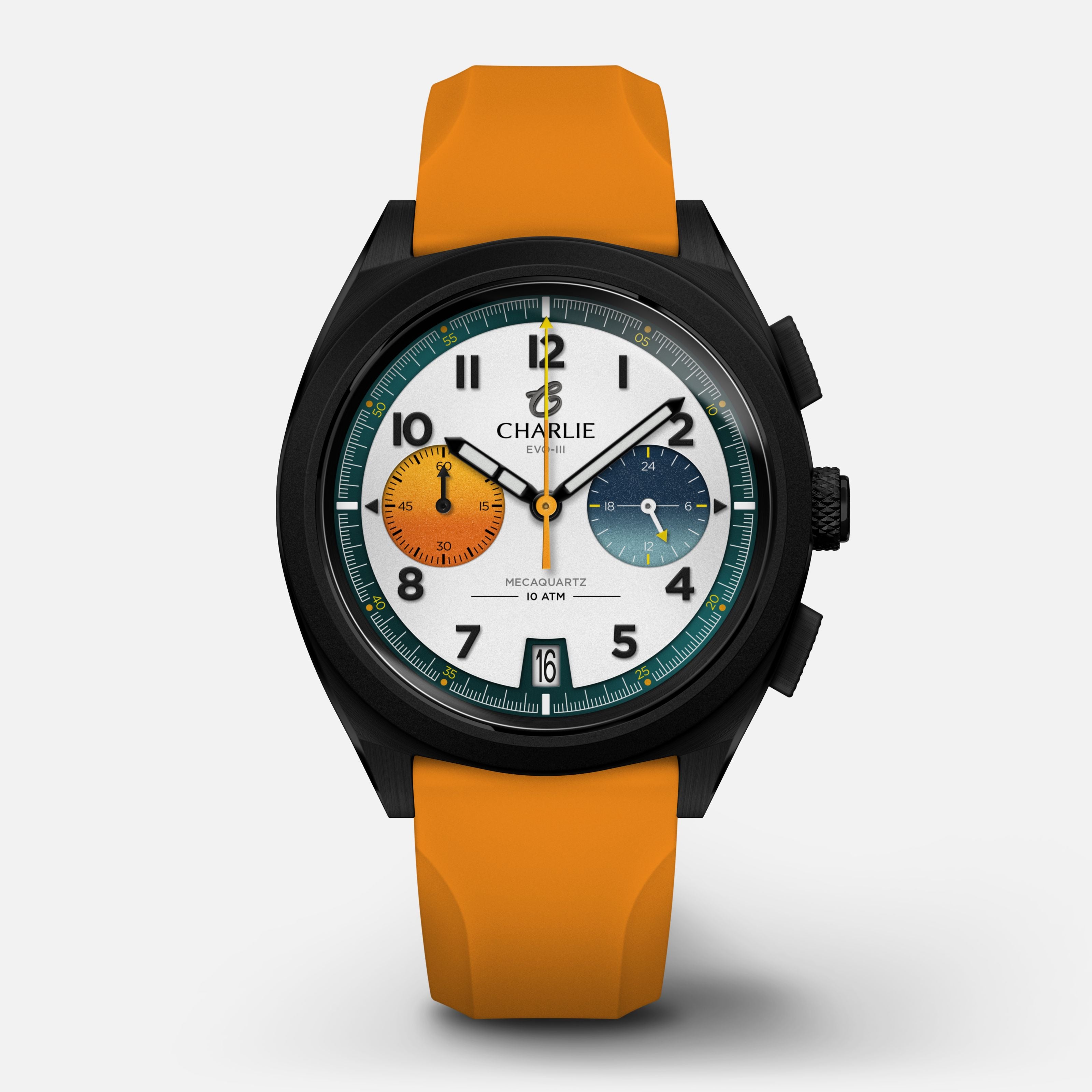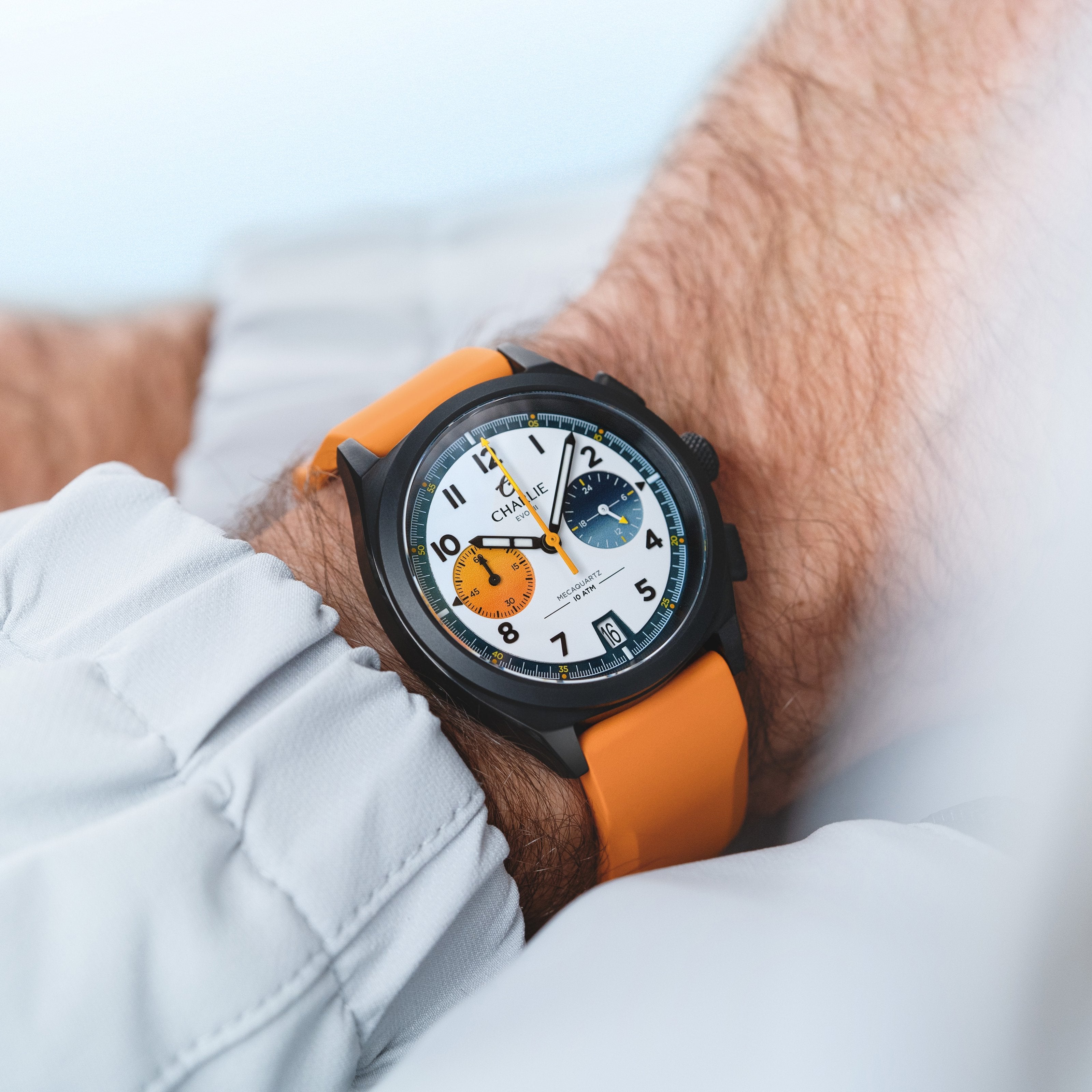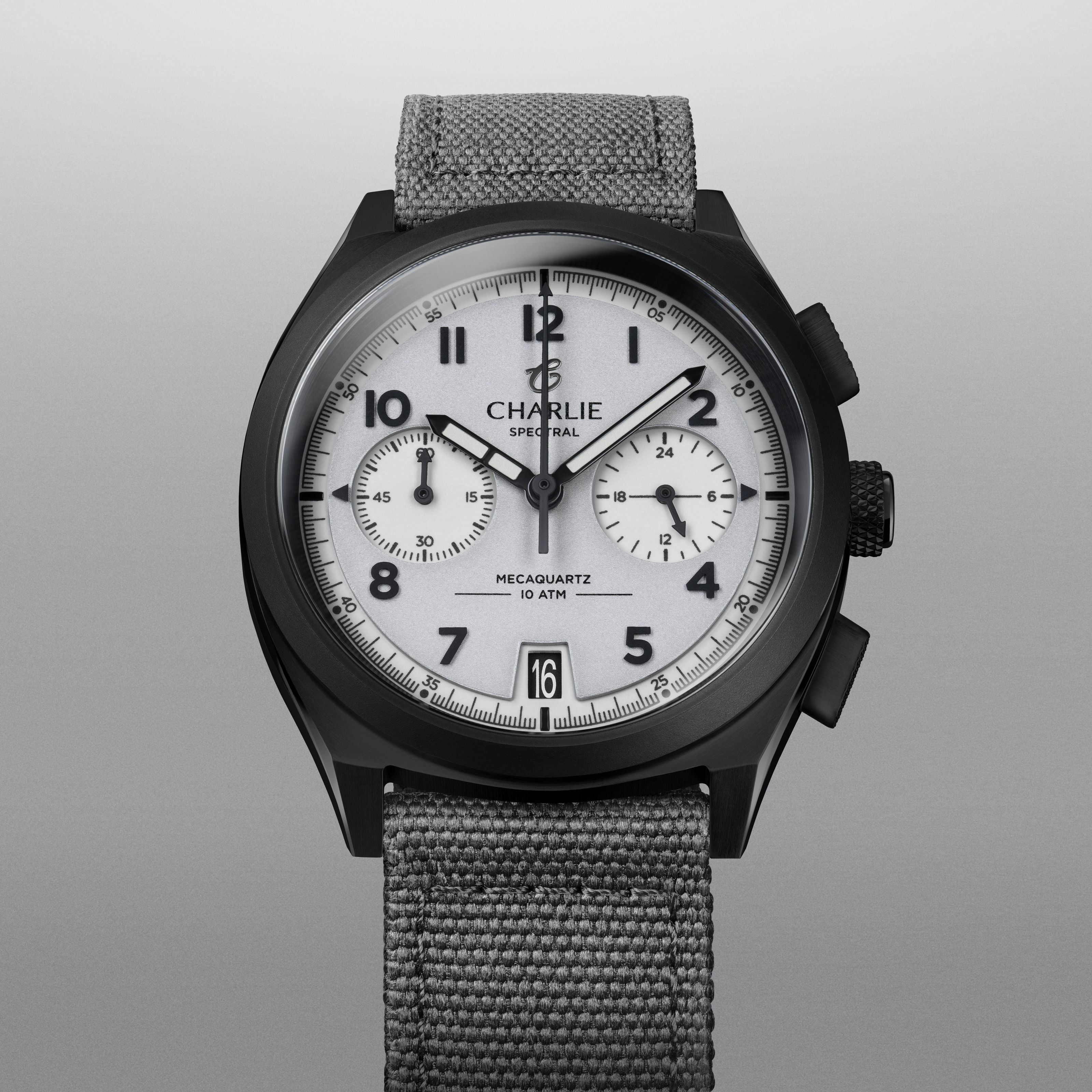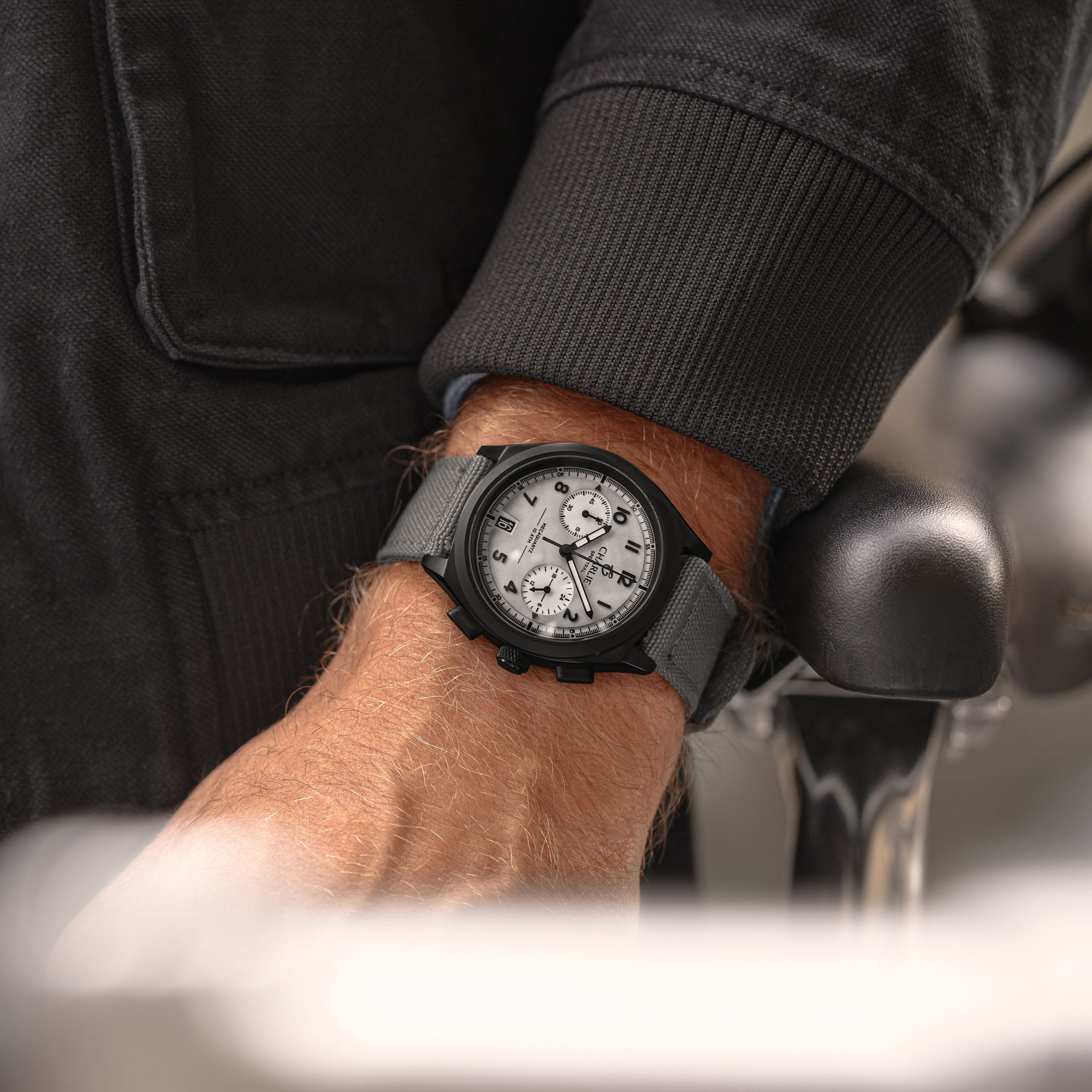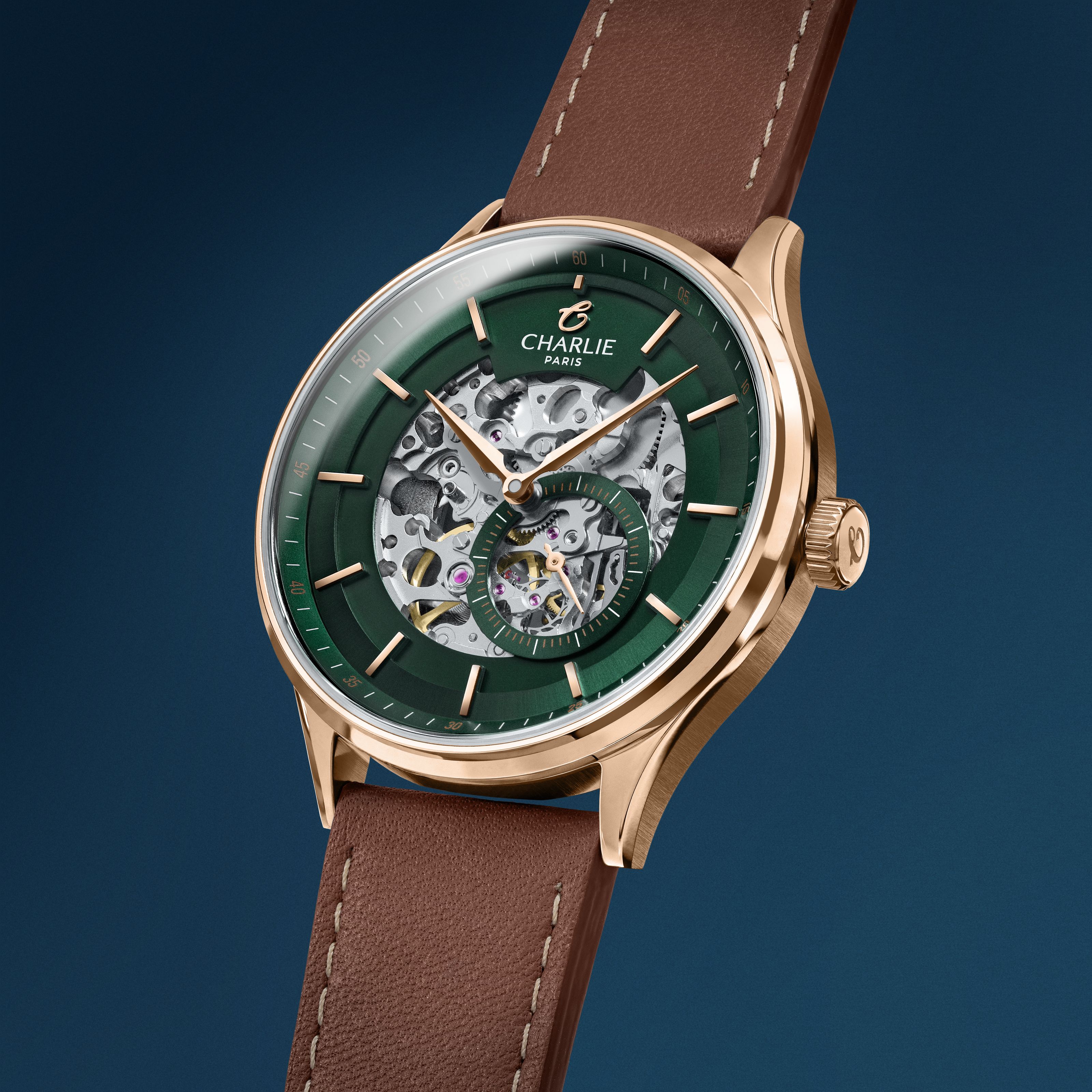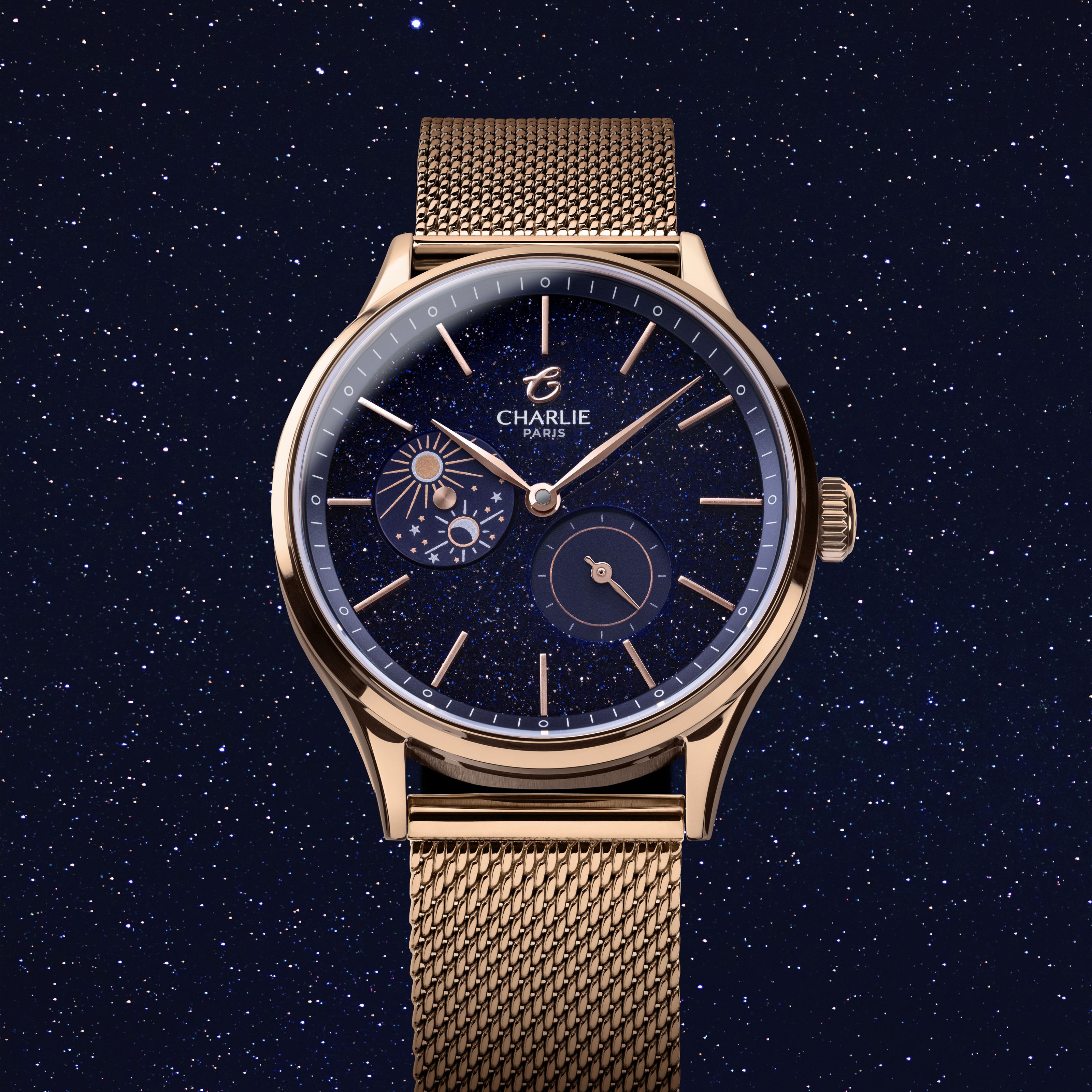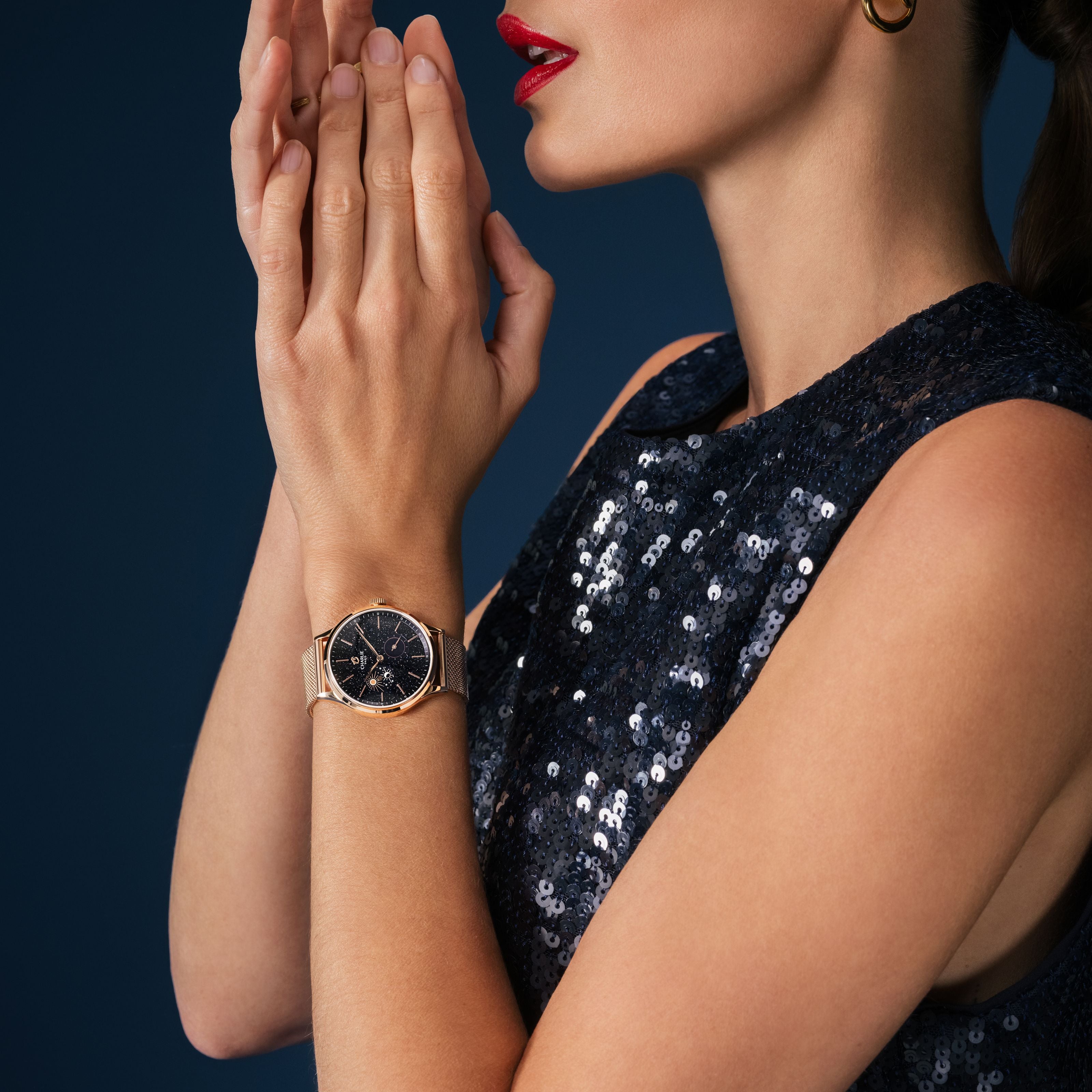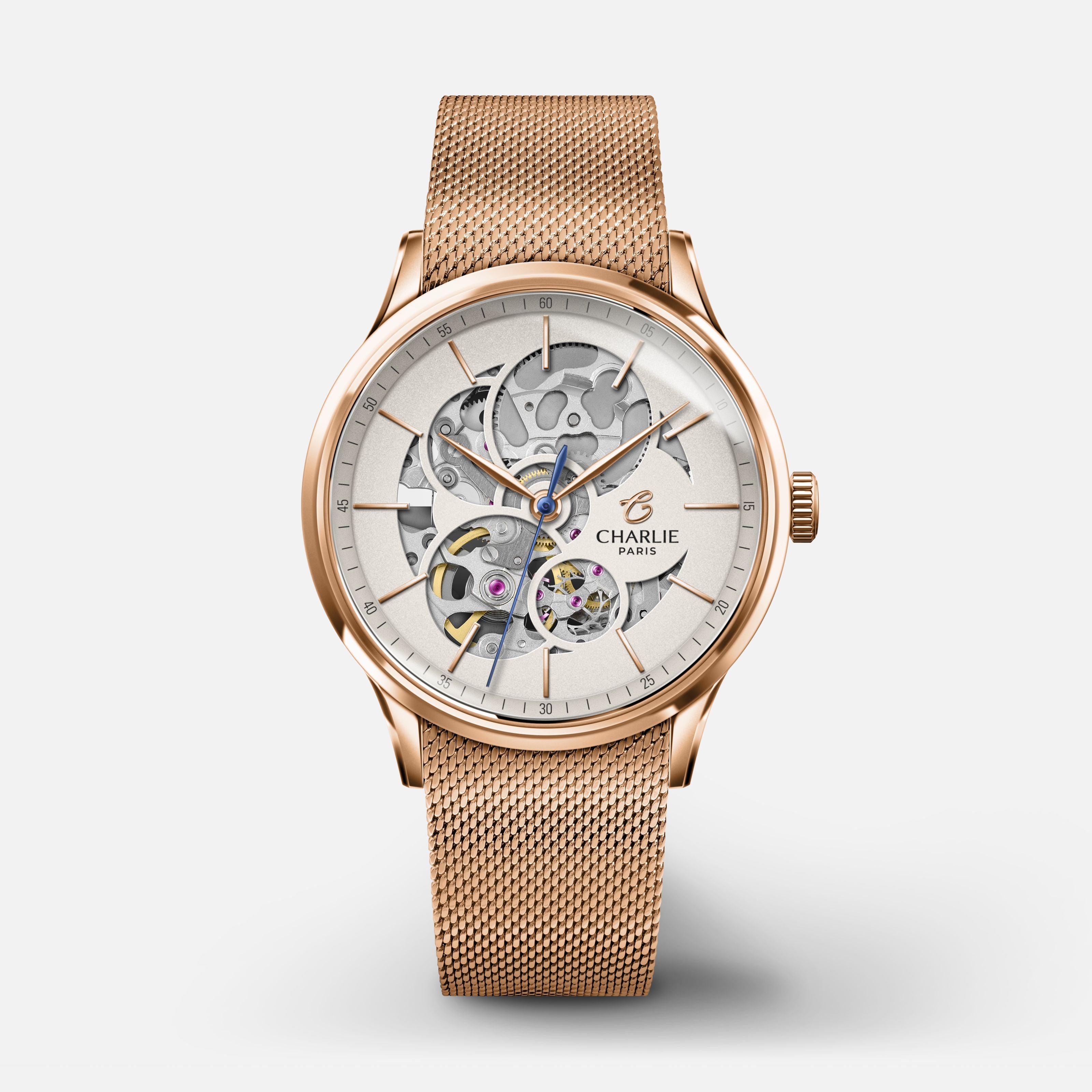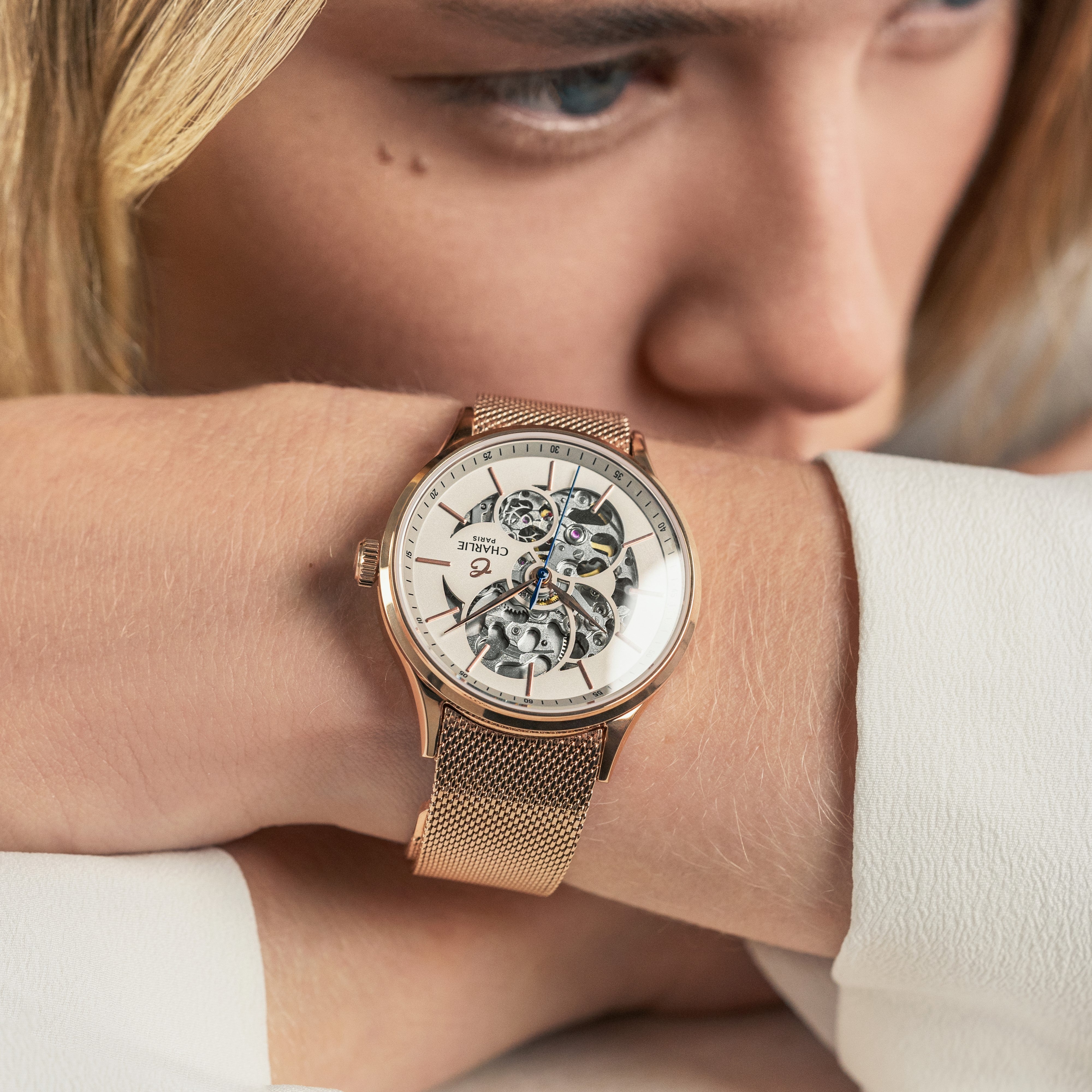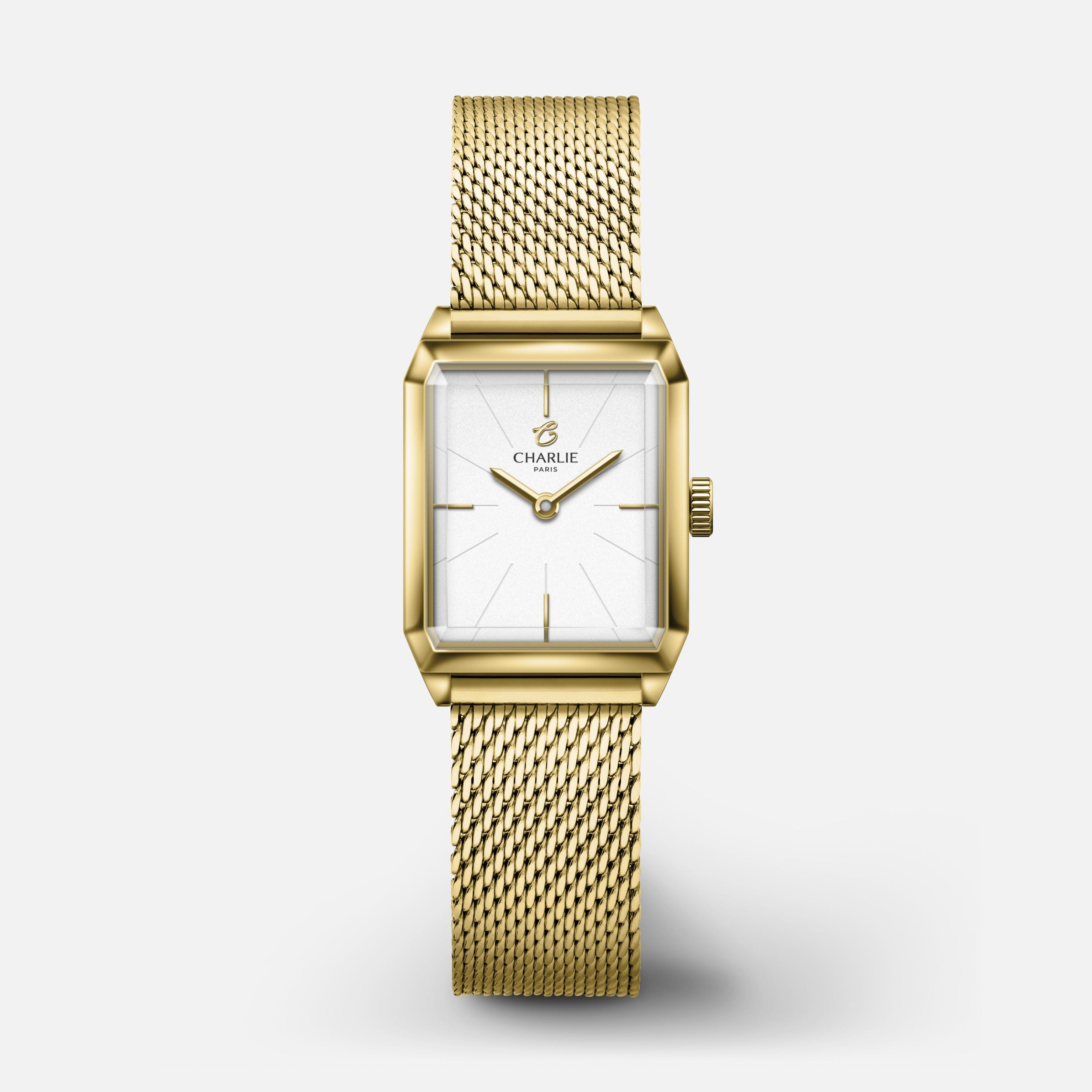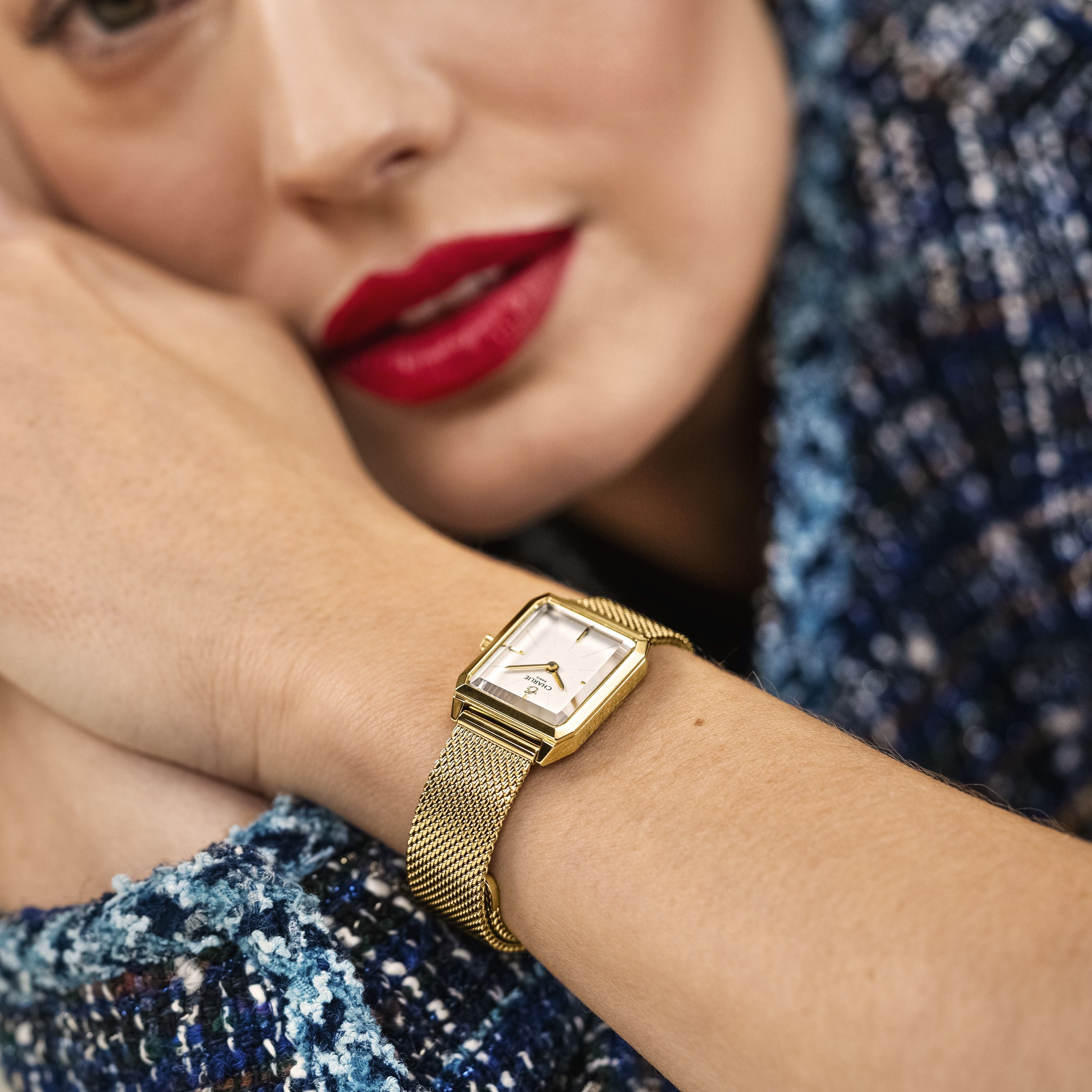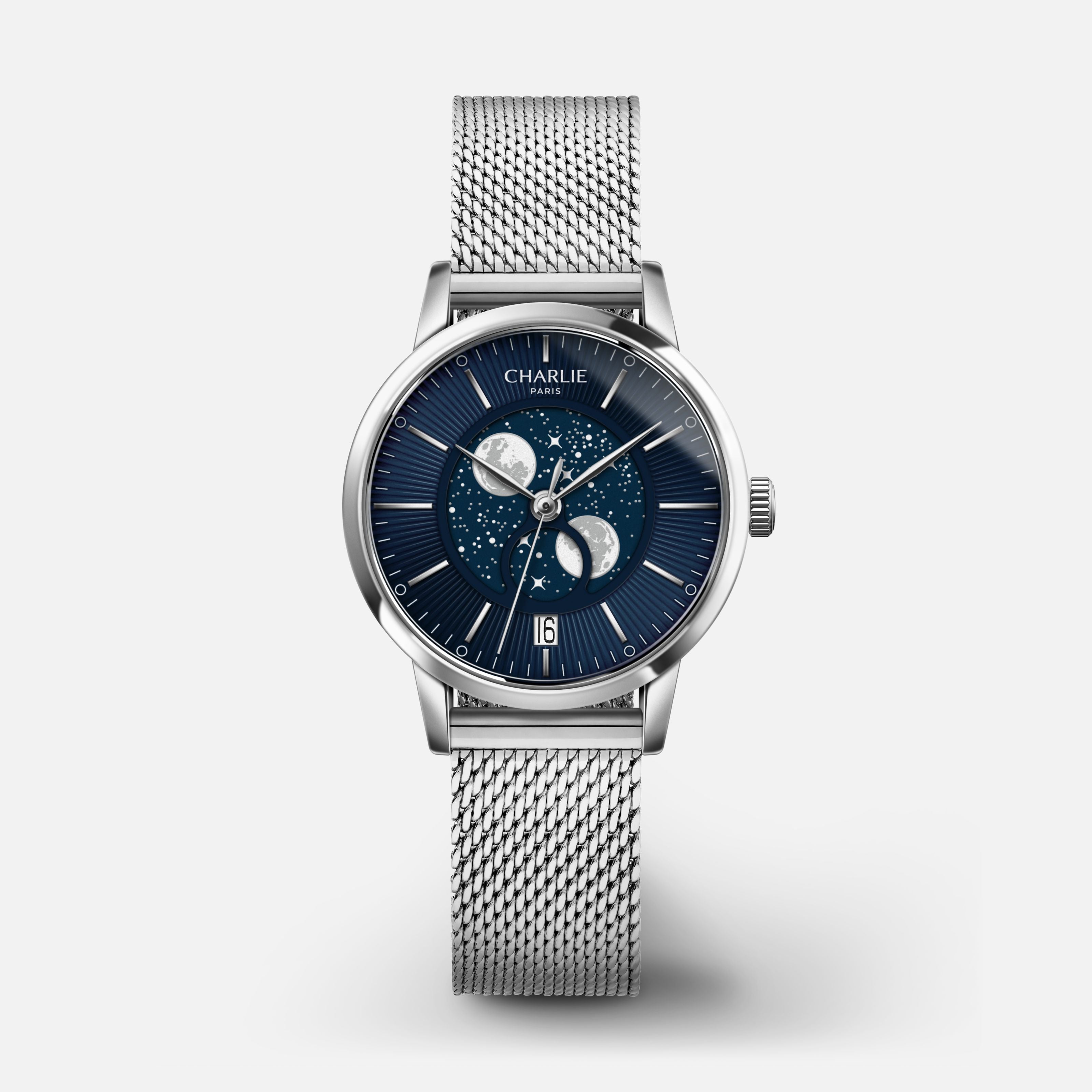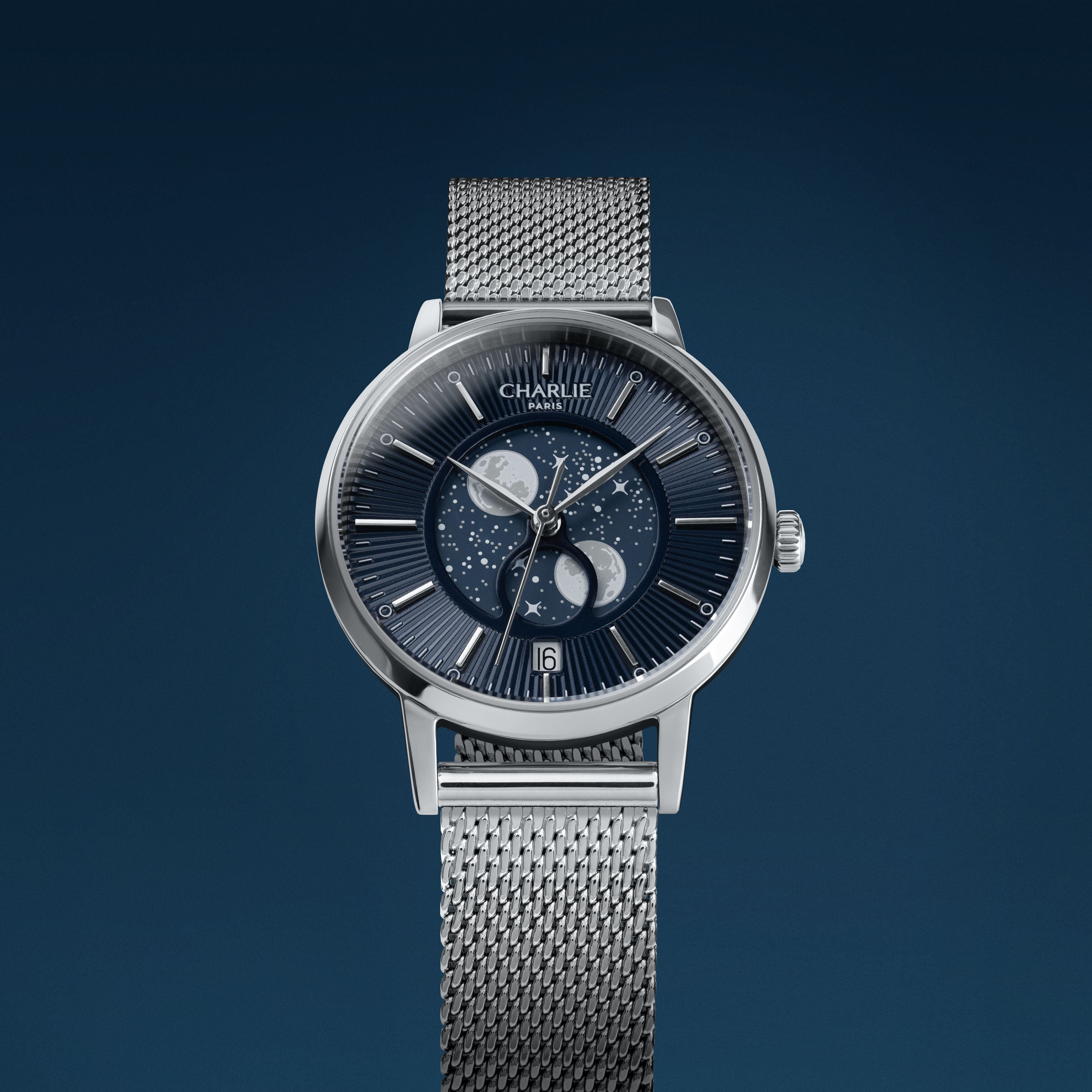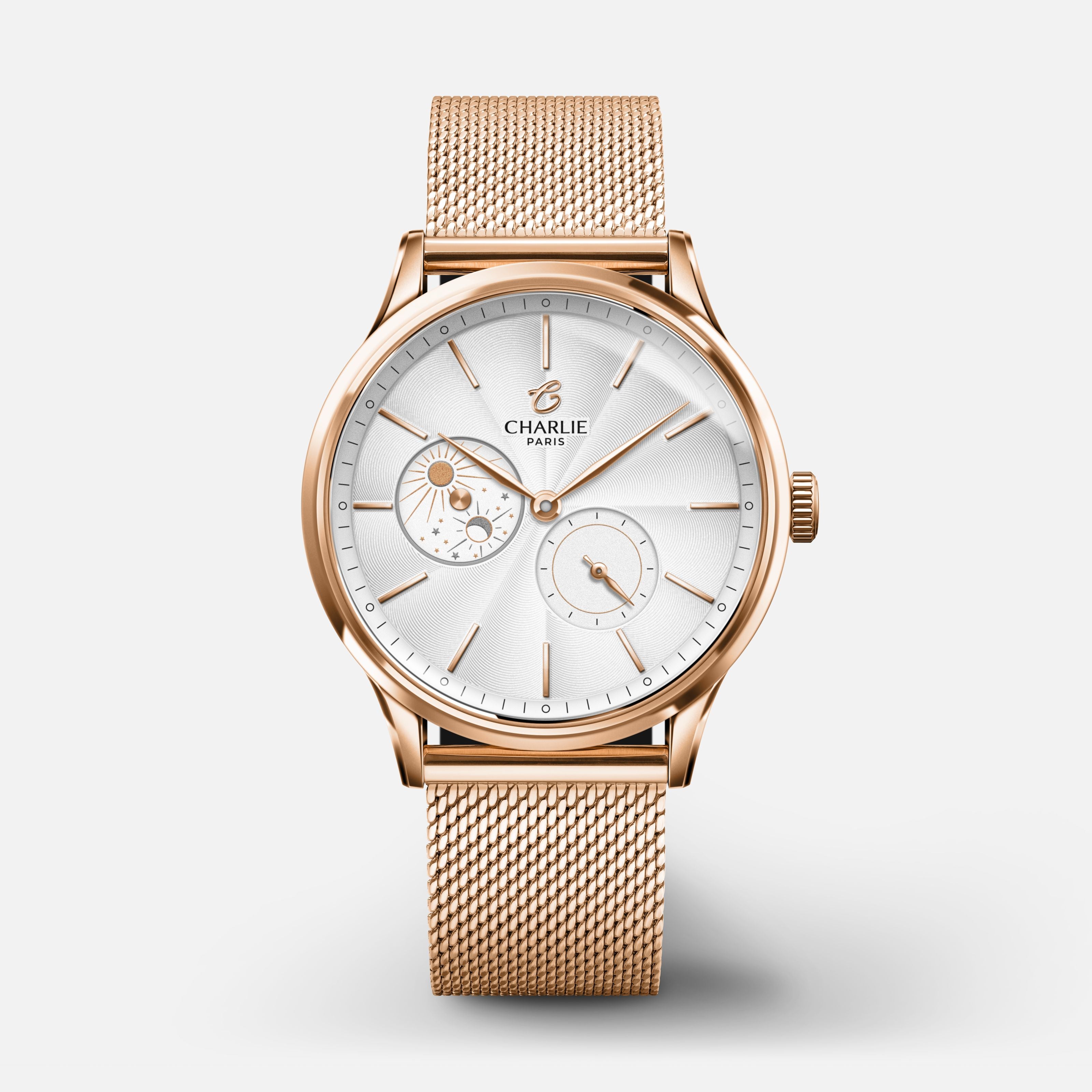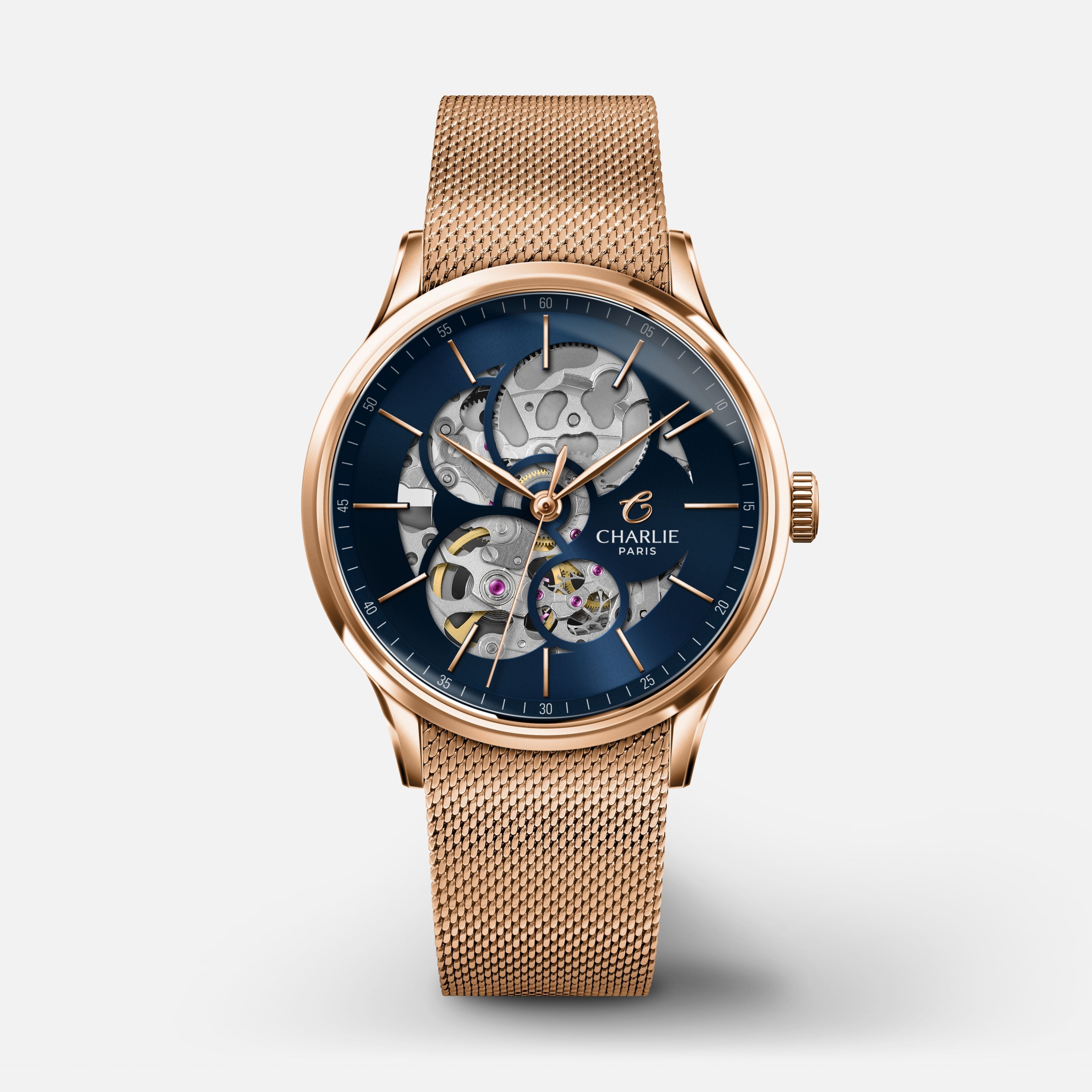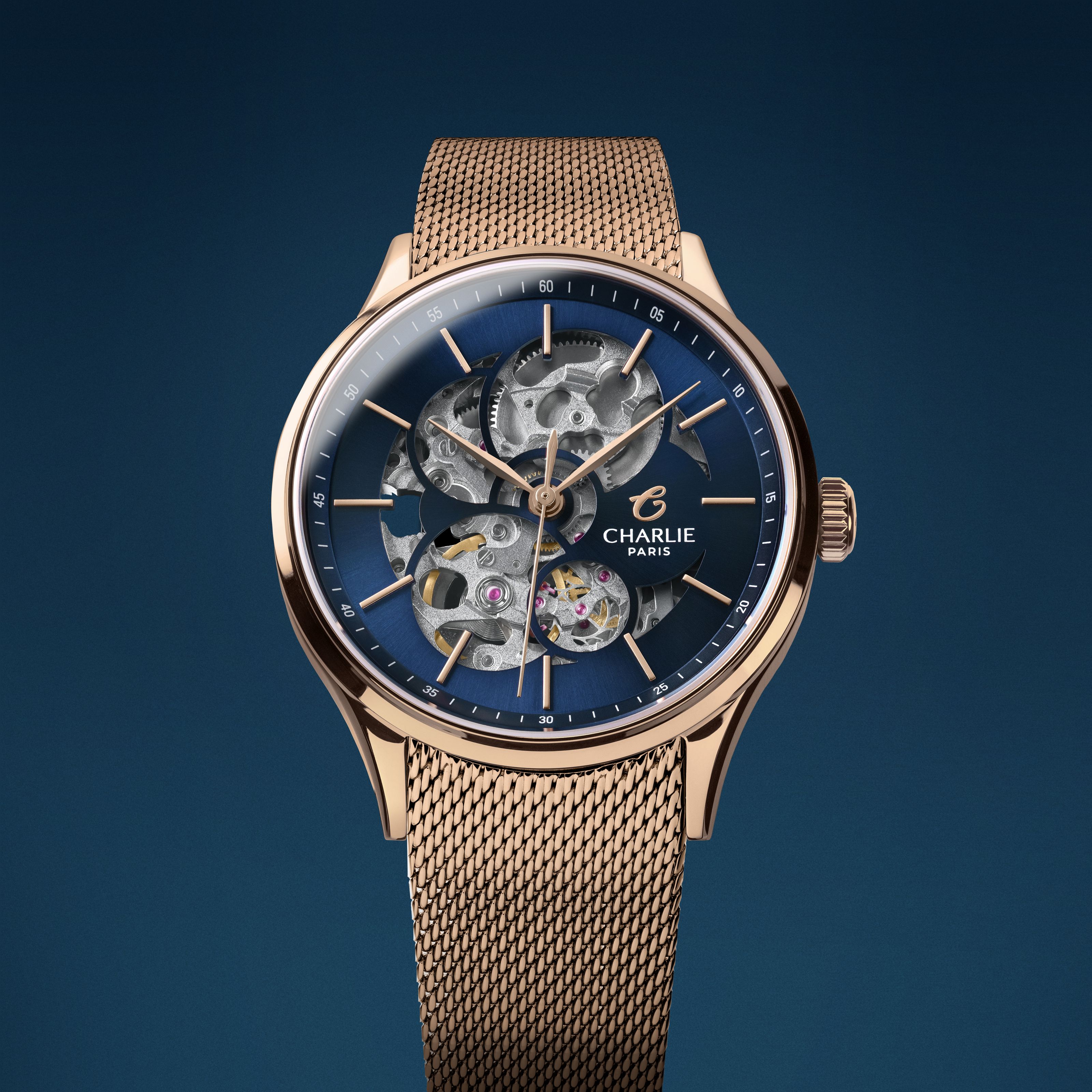The transmission is the invisible network that connects the mainspring barrel to the regulating organ, transforming the stored energy into regular and precise movement. It comprises a set of wheels and gears, also called mobiles, which transmit the power of the mainspring to the balance wheel, the pallet fork, and the balance spring. But its role doesn't end there: these wheels also pass through the mainplate to enable the display of the hours and minutes. The transmission is thus the backbone of the movement, orchestrating the dance of the hands with silent precision.

History: a mechanism perfected over the centuries
Since the invention of the first portable clocks in the 17th century, power transmission has been at the heart of horological innovation. Watchmakers have progressively improved each wheel, each gear, to guarantee a smooth and reliable transmission of energy:
- The wheels, initially made of brass, have evolved towards stronger and lighter alloys, capable of withstanding continuous rotation without deformation.
- The teeth of the gears have become thinner and perfectly calibrated, limiting friction and ensuring a smooth passage of mechanical force.
- Some wheels have been cut out or decorated, allowing one to contemplate the movement while highlighting the mechanism.
- With the advent of horological complications, the transmission had to adapt to power devices such as moon phases , calendars or minute repeaters, demonstrating its versatility and precision.
Technical operation: the art of transmitting energy
The transmission is composed of several carefully adjusted elements:
- The wheel train: it receives energy from the barrel and relays it to the balance wheel and the escapement.
- The wheels: these wheels pass through the plate and allow the display of hours and minutes to be synchronized.
- Pivots and axles: they ensure smooth rotation and optimal durability of the gears.
Each rotation of the wheel is measured and controlled to ensure that energy flows without loss, that the balance wheel beats regularly, and that the time is displayed accurately. The transmission thus forms the discreet link between the accumulated force and the precision of the movement.
Transmission at Charlie Paris
At Charlie Paris, our expertise lies not in the manufacture of these microscopic components, but in the rigorous selection of the movements that power our watches.
We collaborate with renowned Swiss and Japanese manufacturers, recognized for their historical expertise:
Swiss craftsmanship: For our high-end automatic watches, we rely on renowned Swiss manufacturers, such as Soprod. Their movements, like the C105 caliber that powers our Alliance Moon Phase collection, offer certified precision and incorporate sought-after complications. The transmission of these movements is the result of a long tradition of excellence.
Japanese reliability: To guarantee robustness and affordability, we also incorporate Japanese movements, notably from the Miyota manufacture (Citizen group). Their calibers, such as the 9015 or quartz movements, are renowned for their exceptional durability and unparalleled value. Their power transmission is designed to be reliable under all circumstances.
Also read: [ CITIZEN MIYOTA CALIBRE 82S7 / MIYOTA 9122 MOVEMENT ]
The choice of movement, and therefore its transmission, is crucial depending on the watch. A transmission for a simple "three-hand date" watch is different from the more complex one required to power a chronograph or a moon phase.

Read more
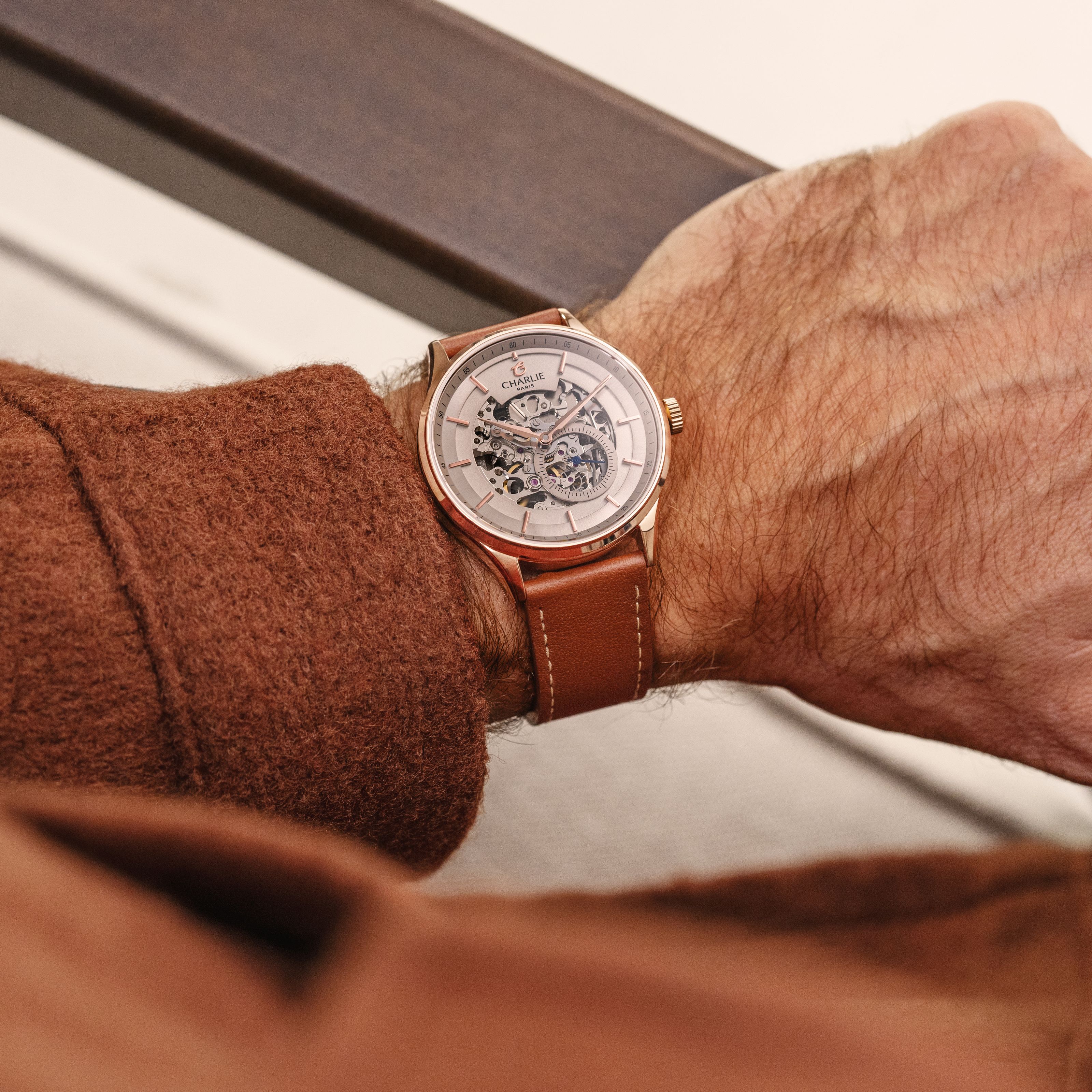
Autumn is here, and with it the desire for new shades and subtle elegance. Discover our selection of Charlie Paris watches, perfect for completing your seasonal outfits with style and sophistication.

Have you just purchased a Sully Moon Phase and want to learn how to set it? This comprehensive guide explains step by step how to adjust the moon, date, and time on your Charlie Paris watch, while...


